What’s Up For September 2016
What’s Up for September 2016

We won’t have a solar eclipse until Aug. 21, 2017, but observers in central Africa will see an annular eclipse, where the moon covers most but not all of the sun, on Sept. 1. Observers always need to use safe solar eclipse glasses or filters on telescopes, binoculars and cameras.

Also this month, there are two minor meteor showers, both with about 5 swift and bright meteors per hour at their peak, which will be near dawn. The first is the Aurigid shower on Sept. 1. The new moon on the first means the sky will be nice and dark for the Aurigids.

The second shower is the Epsilon Perseids on Sept. 9. The first quarter moon sets on the 9th at midnight, just in time for the best viewing of the Perseids.

There are many nice pair-ups between the moon and planets this month. You can see the moon between Venus and Jupiter on Sept. 2, and above Venus on the 3rd, right after sunset low on the West-Southwest horizon. On the 15th the nearly full moon pairs up with Neptune, two weeks after its opposition, when the 8th planet is closest to Earth in its orbit around the sun.
Watch the full September “What’s Up” video for more:
Make sure to follow us on Tumblr for your regular dose of space: http://nasa.tumblr.com.
More Posts from Curiositytherover and Others

Physicists Discover A New Phase of Matter
Physicists discover a new phase of matter that exhibits superconductivity at high temperatures and could lead to new battery developments for electronic devices.
Read more at: http://futurism.com/links/physicists-discover-a-new-phase-of-matter/

Titan Beyond the Rings






Top 10 Humanoid Robots
Read more at: http://futurism.com/images/ http://futurism.com/images/top-10-humanoid-robots/
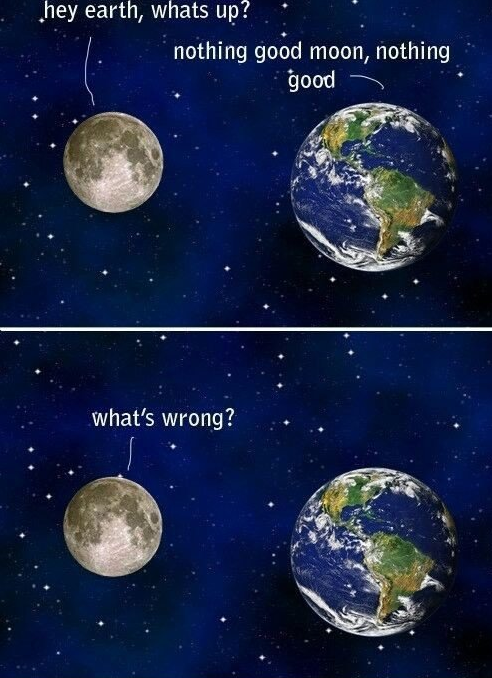

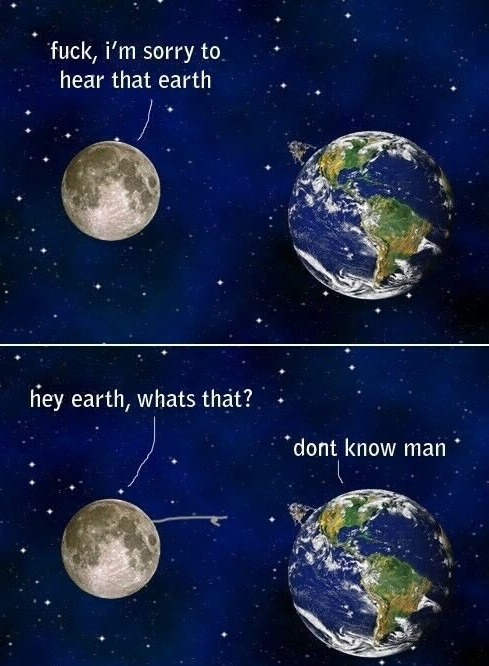
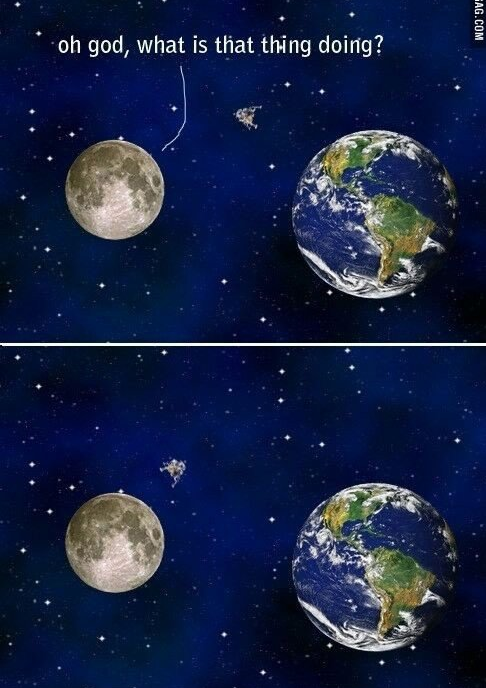
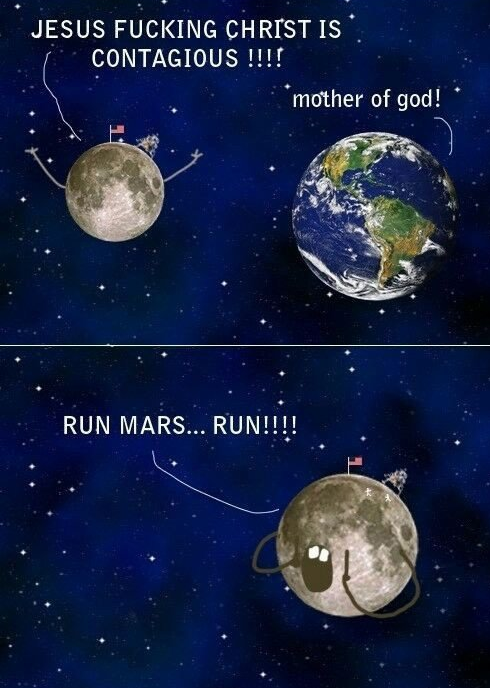
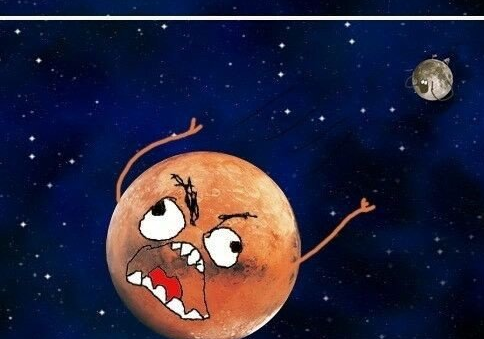

Solar Power Explorers




Were you the type of kid that took apart telephones, pushed pennies into (old, CRT) TV sets or mixed as many under the sink cleaning agents together to call it a potion and see what would happen?
If you answered yes to any of the above, this is the gift guide for you!
sorry guys I don’t really post on here anymore. I want to say an extremely late happy birthday to the Curiosity Rover and that I’ll try to post more in the future

Artificial Intelligence, Boon or Bane? University of Cambridge Set to Find an Answer
Today’s science and technology are nearing a point where computers can recreate human-level intelligence. While it is difficult to say when exactly this will happen, some researchers are suggesting that this could take place sometime this century. In the press release, Stuart Russell, a world-leading AI researcher at the University of California, Berkeley, suggests that such a development would be “the biggest event in human history.”
Professor Stephen Hawking agrees, and adds that it remains to be seen whether or not artificial intelligence will be our greatest benefit or greatest downfall. He states, “when it eventually does occur, it’s likely to be either the best or worst thing ever to happen to humanity, so there’s huge value in getting it right.”
In anticipation of this, the University of Cambridge is to establish a new interdisciplinary research centre, the Leverhulme Centre for the Future of Intelligence, which will bring together computer scientists, philosophers, social scientists, and others to examine the technical, practical, and philosophical questions that artificial intelligence raises (or will raise) for humanity in the coming century.
It will be funded by a £10 million grant from the Leverhulme Trust.
Read more at: http://futurism.com/links/19069/

Google’s Superhuman Computer Can Tell Where Neany Any Photo Was Taken
Google knows where your photos were taken… http://futurism.com/world-googles-superhuman-computer-knows-photo-taken/
Solar System: Things to Know This Week
Our solar system is huge, let us break it down for you. Here are a few things you should know this week:
1. Closeup of a King

For the first time since it entered orbit around Jupiter in July, our Juno spacecraft has flown close to the king of planets—this time with its eyes wide open. During the long, initial orbit, Juno mission managers spent time checking out the spacecraft “from stem to stern,” but the science instruments were turned off as a precaution. During this latest pass, Juno’s camera and other instruments were collecting data the whole time. Initial reports show that all went well, and the team has released a new close-up view that Juno captured of Jupiter’s north polar region. We can expect to see more close-up pictures of Jupiter and other data this week.
+Check in with Juno
2. Getting Ready to Rocket

Our OSIRIS-REx mission leaves Earth next week, the first leg of a journey that will take it out to an asteroid called Bennu. The mission will map the asteroid, study its properties in detail, then collect a physical sample to send back home to Earth. The ambitious endeavor is slated to start off on Sept. 8.
+See what it takes to prep for a deep space launch
3. New Moon Rising

The Lunar Reconnaissance Orbiter (LRO) has already mapped the entire surface of Earth’s moon in brilliant detail, but the mission isn’t over yet. Lunar explorers still have questions, and LRO is poised to help answer them.
+See what’s next for the mission
4. A Mock-Eclipse Now

We don’t have to wait until next year to see the moon cross in front of the sun. From its vantage point in deep space, our Solar Dynamics Observatory (SDO) sometimes sees just that. Such an event is expected on Sept. 1.
+See the latest sun pictures from SDO
5. Jupiter’s Cousins

Our galaxy is home to a bewildering variety of Jupiter-like worlds: hot ones, cold ones, giant versions of our own giant, pint-sized pretenders only half as big around. Astronomers say that in our galaxy alone, a billion or more such Jupiter-like worlds could be orbiting stars other than our sun. And we can use them to gain a better understanding of our solar system and our galactic environment, including the prospects for finding life.
Want to learn more? Read our full list of the 10 things to know this week about the solar system HERE.
Make sure to follow us on Tumblr for your regular dose of space: http://nasa.tumblr.com
-
 gerten-blog1 liked this · 6 years ago
gerten-blog1 liked this · 6 years ago -
 phanmemquanlynhahang-blog1 liked this · 7 years ago
phanmemquanlynhahang-blog1 liked this · 7 years ago -
 therustyrutabaga reblogged this · 7 years ago
therustyrutabaga reblogged this · 7 years ago -
 isoelectric liked this · 7 years ago
isoelectric liked this · 7 years ago -
 astrorevival liked this · 8 years ago
astrorevival liked this · 8 years ago -
 killlerqueenxx liked this · 8 years ago
killlerqueenxx liked this · 8 years ago -
 best-hotels-posts reblogged this · 8 years ago
best-hotels-posts reblogged this · 8 years ago -
 keenturtleinfluencer-blog liked this · 8 years ago
keenturtleinfluencer-blog liked this · 8 years ago -
 shrubjade liked this · 8 years ago
shrubjade liked this · 8 years ago -
 evokerforinsomnia reblogged this · 8 years ago
evokerforinsomnia reblogged this · 8 years ago -
 evokerforinsomnia liked this · 8 years ago
evokerforinsomnia liked this · 8 years ago -
 tessalynn72-blog liked this · 8 years ago
tessalynn72-blog liked this · 8 years ago -
 ali-177-blog liked this · 8 years ago
ali-177-blog liked this · 8 years ago -
 johzyaz liked this · 8 years ago
johzyaz liked this · 8 years ago -
 carlosemiliopir liked this · 8 years ago
carlosemiliopir liked this · 8 years ago -
 darkrosemusic liked this · 8 years ago
darkrosemusic liked this · 8 years ago -
 alienfrauds liked this · 8 years ago
alienfrauds liked this · 8 years ago -
 christyoswinn7 liked this · 8 years ago
christyoswinn7 liked this · 8 years ago -
 littleplasticspaceship reblogged this · 8 years ago
littleplasticspaceship reblogged this · 8 years ago -
 thottymcgee liked this · 8 years ago
thottymcgee liked this · 8 years ago -
 jhjonesjones liked this · 8 years ago
jhjonesjones liked this · 8 years ago -
 angeltherubiks reblogged this · 8 years ago
angeltherubiks reblogged this · 8 years ago -
 analgesicsleep reblogged this · 8 years ago
analgesicsleep reblogged this · 8 years ago -
 ponvixx liked this · 8 years ago
ponvixx liked this · 8 years ago -
 nasauniversefan-blog liked this · 8 years ago
nasauniversefan-blog liked this · 8 years ago -
 bedheads reblogged this · 8 years ago
bedheads reblogged this · 8 years ago -
 what-a-daringdream-blog reblogged this · 8 years ago
what-a-daringdream-blog reblogged this · 8 years ago -
 smitten-owl liked this · 8 years ago
smitten-owl liked this · 8 years ago -
 lightning365 liked this · 8 years ago
lightning365 liked this · 8 years ago -
 paastelbee liked this · 8 years ago
paastelbee liked this · 8 years ago -
 mrchaoticftl-blog liked this · 8 years ago
mrchaoticftl-blog liked this · 8 years ago -
 sandiegobailey reblogged this · 8 years ago
sandiegobailey reblogged this · 8 years ago -
 sandiegobailey liked this · 8 years ago
sandiegobailey liked this · 8 years ago -
 silvertremblinglips liked this · 8 years ago
silvertremblinglips liked this · 8 years ago -
 nicko8732 liked this · 8 years ago
nicko8732 liked this · 8 years ago -
 surprisinglyfriendlybirds liked this · 8 years ago
surprisinglyfriendlybirds liked this · 8 years ago -
 cool-cat-felix-blog liked this · 8 years ago
cool-cat-felix-blog liked this · 8 years ago -
 curiositytherover reblogged this · 8 years ago
curiositytherover reblogged this · 8 years ago -
 sarcastic-fandomtastic-dragon liked this · 8 years ago
sarcastic-fandomtastic-dragon liked this · 8 years ago -
 thefourteenthdoctorr liked this · 8 years ago
thefourteenthdoctorr liked this · 8 years ago -
 letsdavinci liked this · 8 years ago
letsdavinci liked this · 8 years ago -
 thestarblaster-blog liked this · 8 years ago
thestarblaster-blog liked this · 8 years ago -
 thingsmydadmightlike-blog reblogged this · 8 years ago
thingsmydadmightlike-blog reblogged this · 8 years ago -
 taislydianne-blog reblogged this · 8 years ago
taislydianne-blog reblogged this · 8 years ago -
 taislydianne-blog liked this · 8 years ago
taislydianne-blog liked this · 8 years ago